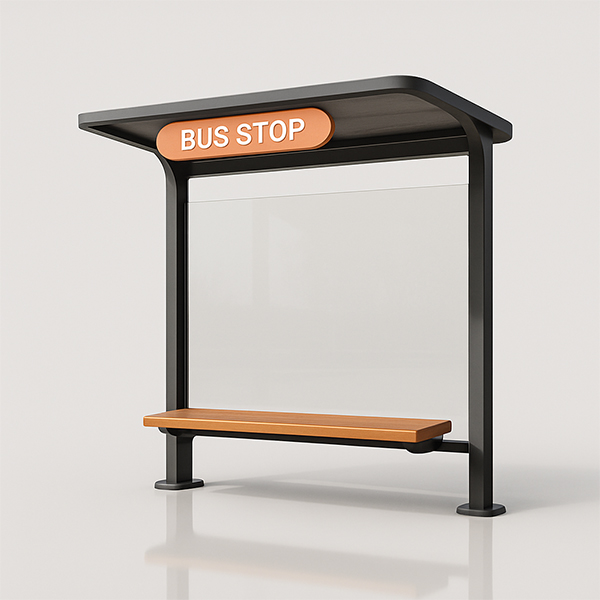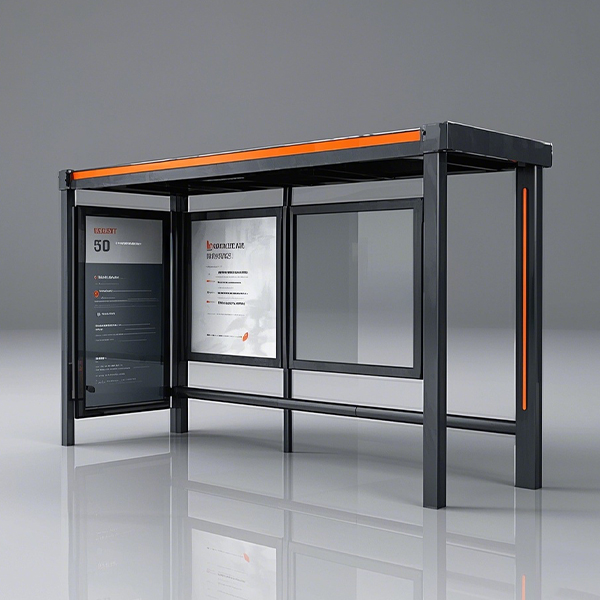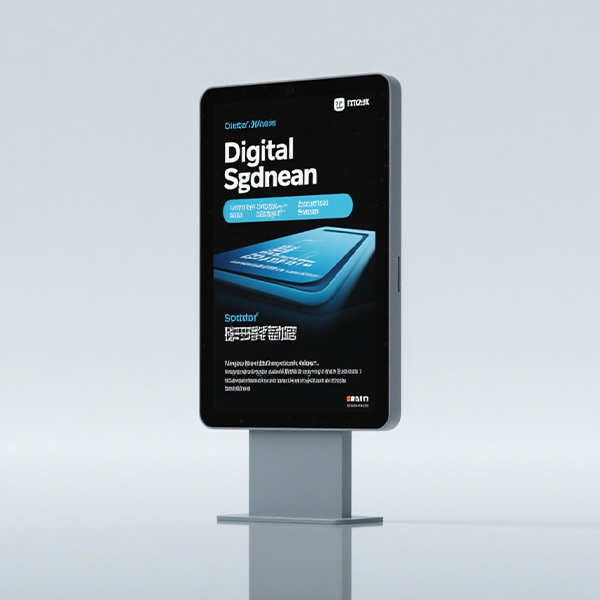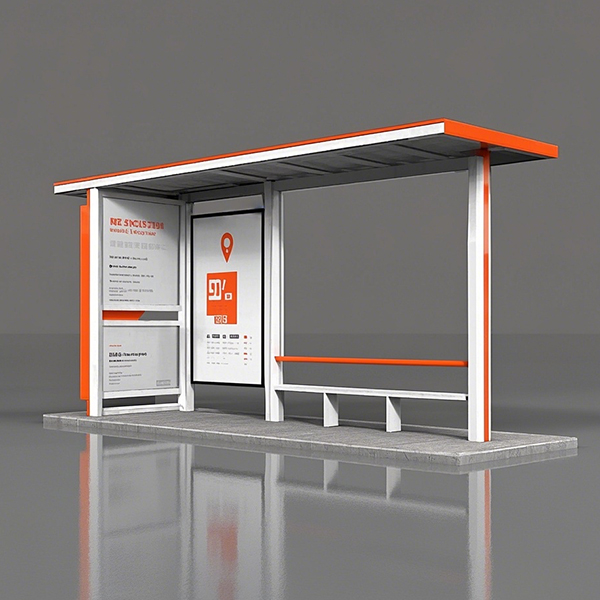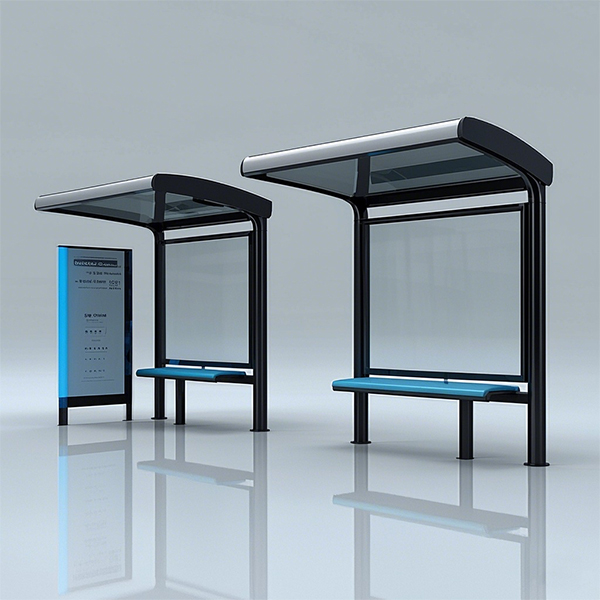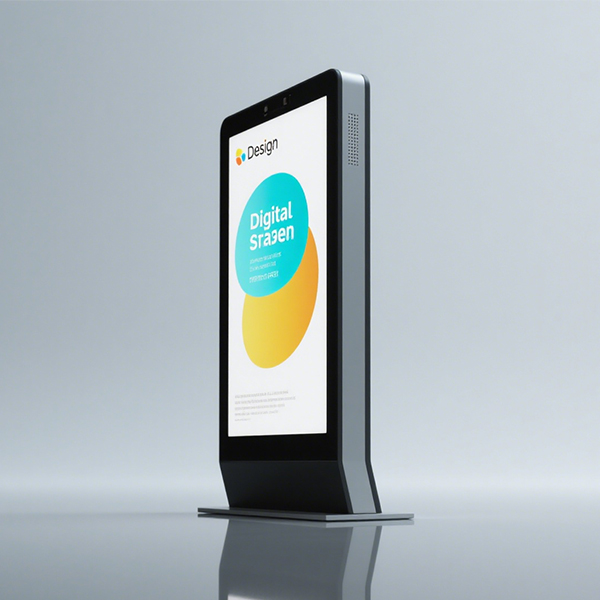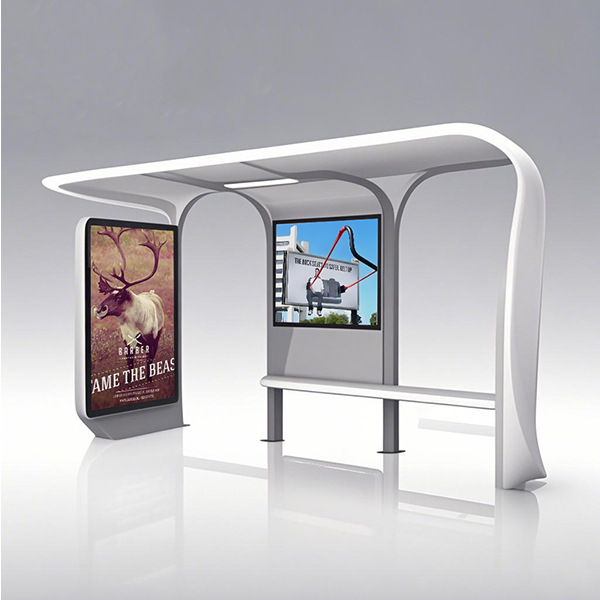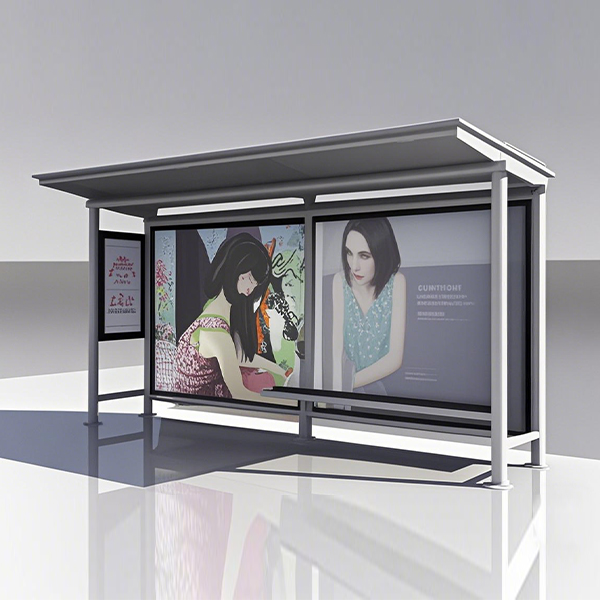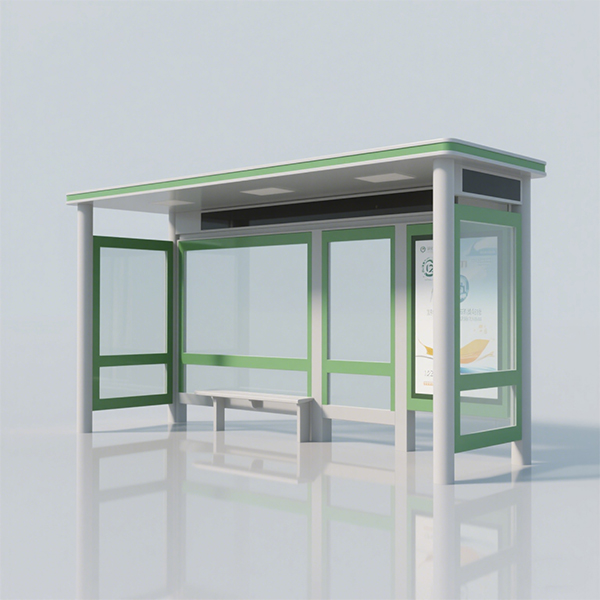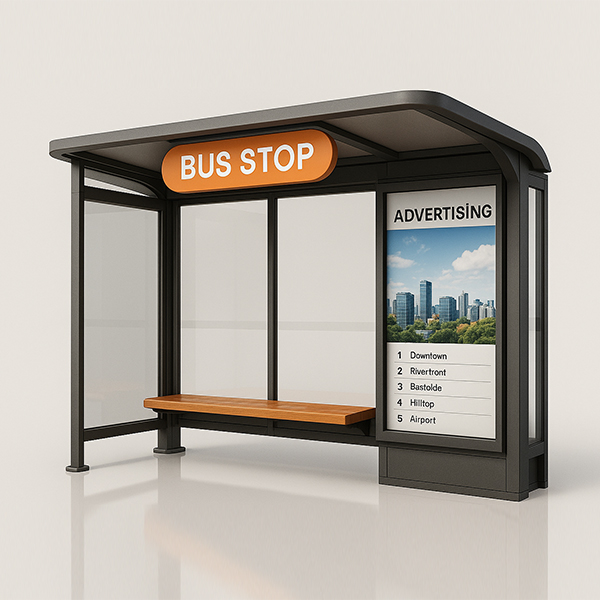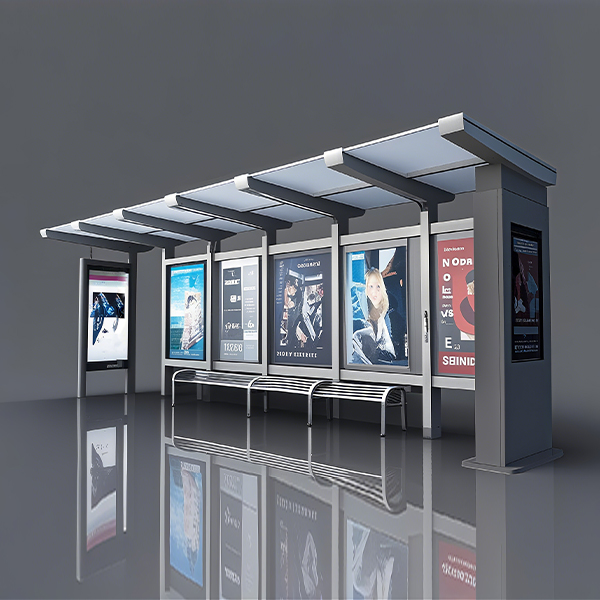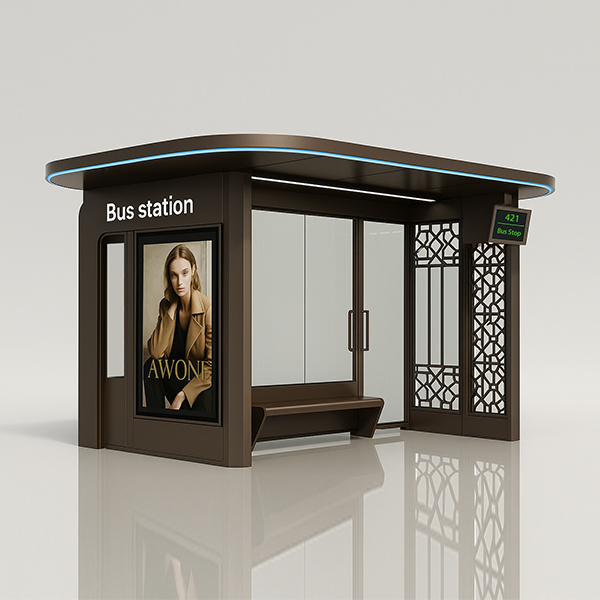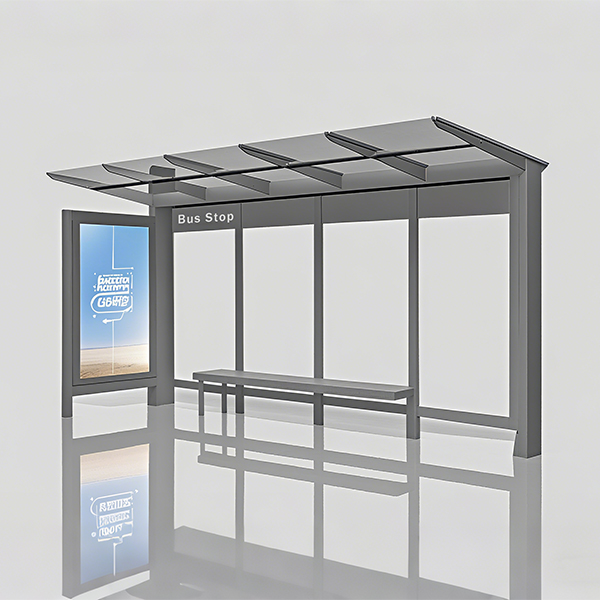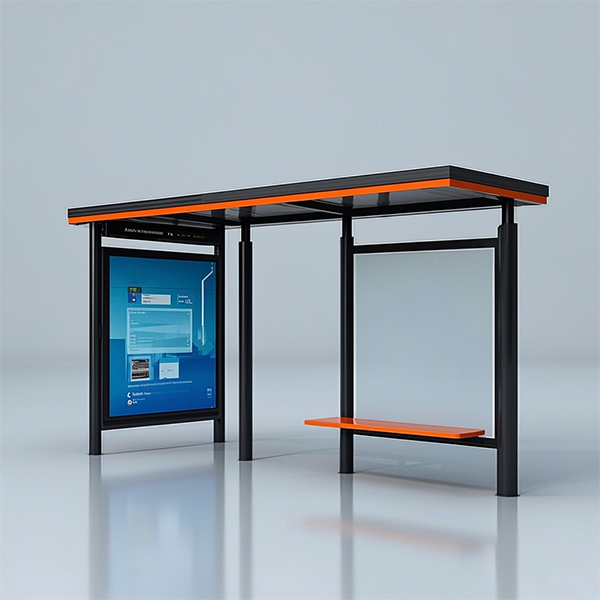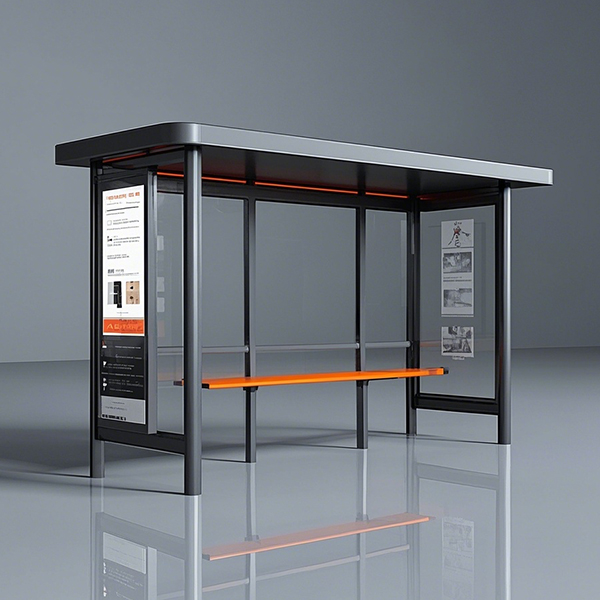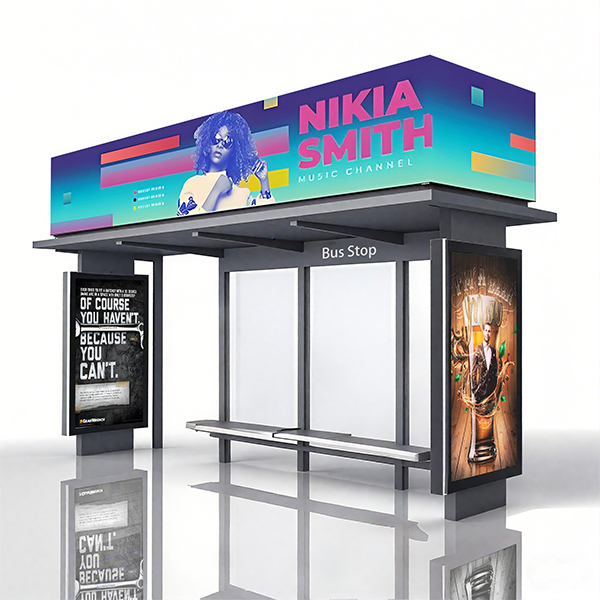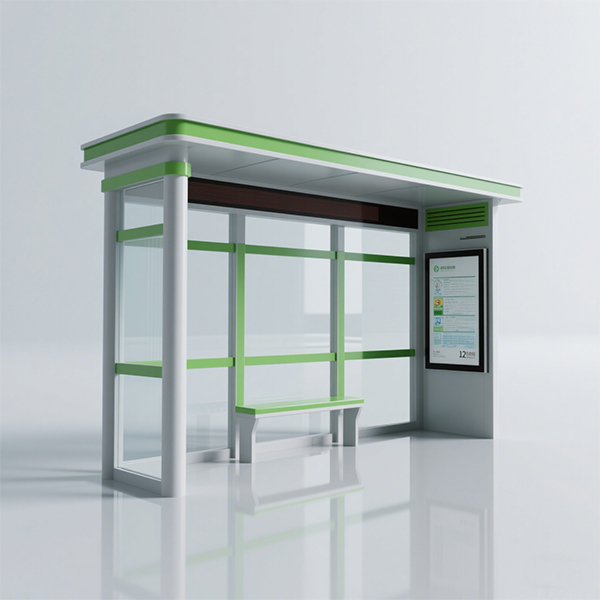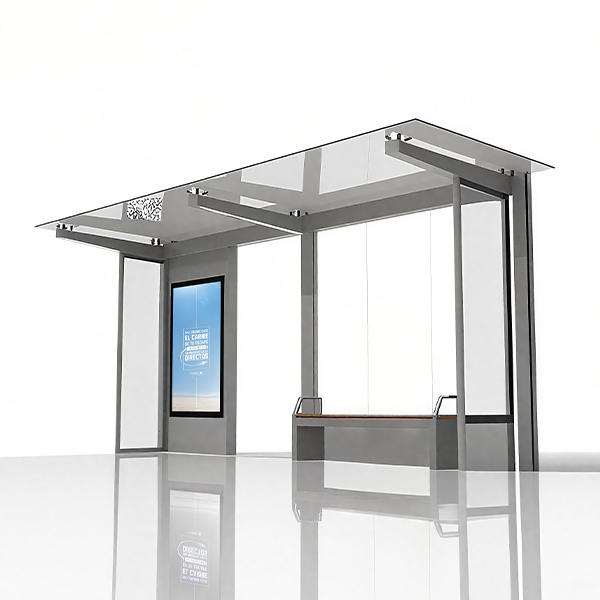
floor standing digital signage display
Selecting the perfect floor standing digital signage display requires careful consideration of several factors. This guide will walk you through the key aspects to ensure you make an informed decision. Whether you're looking to enhance your retail environment, improve communication in a corporate setting, or create engaging experiences in public spaces, understanding the nuances of these displays is crucial.
Display Technologies: LCD vs. LED
LCD (Liquid Crystal Display)
LCD floor standing digital signage displays are the most common type, offering a balance of cost-effectiveness and image quality. They are known for their relatively low power consumption and wide availability. However, their viewing angles might be limited compared to LED displays, and they may not perform as well in direct sunlight.
LED (Light Emitting Diode)
LED floor standing digital signage displays generally offer superior brightness, wider viewing angles, and better color accuracy than LCD counterparts. They also tend to have a longer lifespan. However, they usually come with a higher price tag. Choosing between LCD and LED often depends on your budget and specific requirements for brightness and viewing conditions.
Screen Size and Resolution
The optimal screen size and resolution for your floor standing digital signage display will depend on the viewing distance and the content you intend to display. Larger displays are ideal for attracting attention from a distance, while higher resolutions ensure sharp and detailed images. Consider the size of your space and how far away your audience will be viewing the display to make an informed decision. Many options are available, ranging from compact displays to large-format solutions for high-impact presentations.
Key Features and Considerations
Brightness
Brightness is a critical factor, especially in environments with high ambient light. Look for displays with high brightness levels (measured in nits) to ensure your content remains visible even under bright sunlight or in well-lit areas. A higher nit count generally leads to better visibility, but it also impacts power consumption.
Resolution
Higher resolution (measured in pixels) provides sharper and more detailed images. For close-up viewing or when displaying text-heavy content, a higher resolution is important. However, higher resolutions may also increase the cost.
Connectivity
Ensure your chosen display offers the necessary connectivity options, including HDMI, DisplayPort, and potentially USB for media playback and control. Consider compatibility with your existing infrastructure and content management system. Some modern displays even integrate Wi-Fi and network capabilities for seamless content updates.
Content Management System (CMS)
A robust CMS is essential for efficient content scheduling and updates. Many CMS solutions offer features like scheduling, remote monitoring, and analytics, allowing you to track the performance of your digital signage campaigns. Explore different CMS options to find one that suits your needs and budget. Some floor standing digital signage displays come bundled with integrated CMS solutions, simplifying the setup and management process.
Installation and Maintenance
Proper installation and regular maintenance are crucial for the longevity and optimal performance of your floor standing digital signage display. Consider factors like power supply, cabling, and environmental conditions when planning your installation. Regular cleaning and routine maintenance will help prevent issues and ensure your display remains in top condition. Consider professional installation services for larger or more complex setups.
Applications of Floor Standing Digital Signage Displays
Floor standing digital signage displays find applications across a wide range of industries and settings. Here are a few examples:
- Retail: Product promotion, advertisements, and interactive customer experiences.
- Corporate: Internal communications, wayfinding, and employee training.
- Healthcare: Patient information, wayfinding, and health education.
- Hospitality: Menu boards, promotions, and guest information.
- Education: Announcements, schedules, and interactive learning materials.
For more information on selecting and implementing your digital signage solution, please visit Shandong Luyi Public Facilities Co., Ltd. They offer a wide range of high-quality solutions and expert support to help you find the perfect fit for your business.
Соответствующая продукция
Соответствующая продукция







